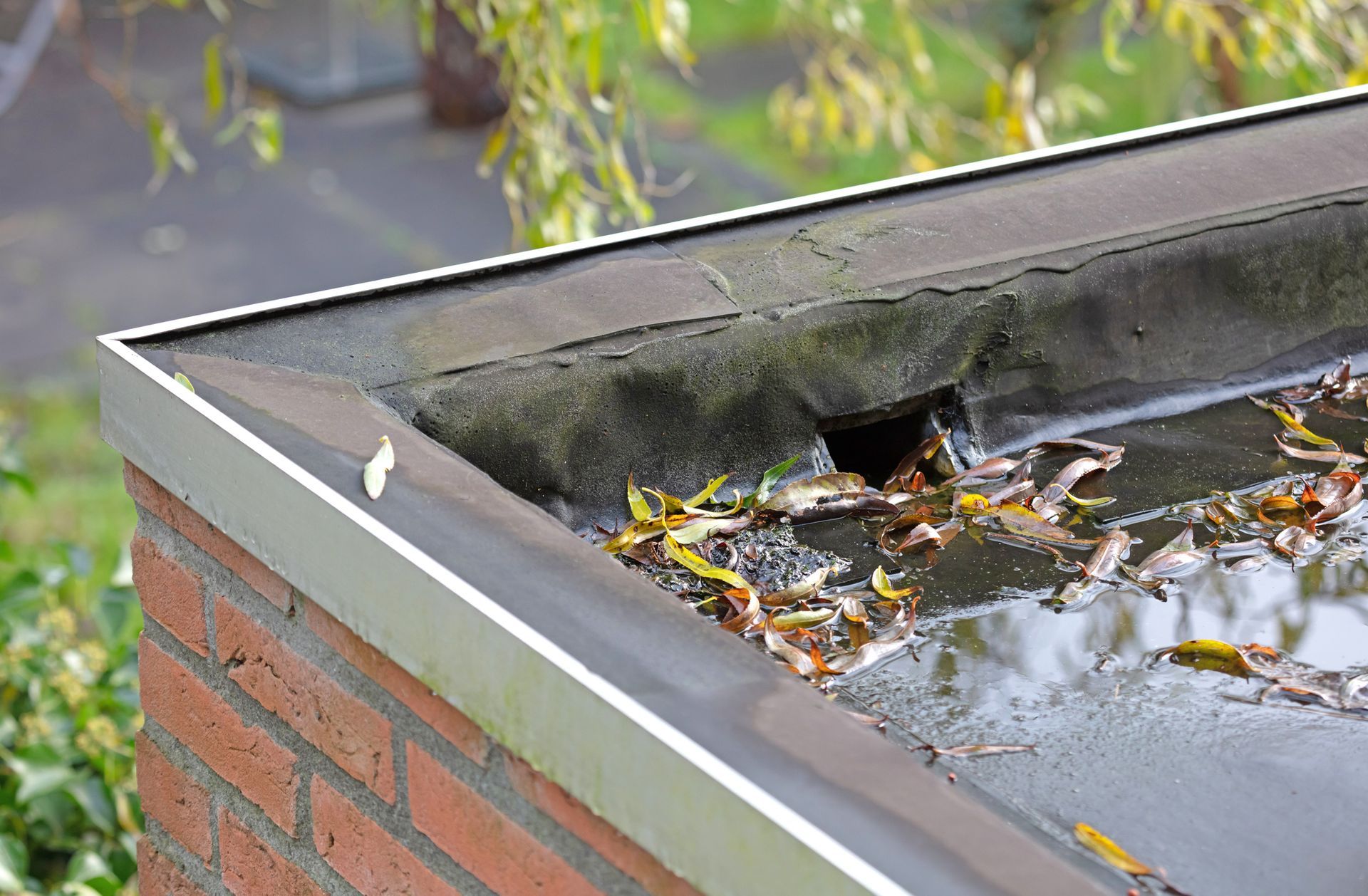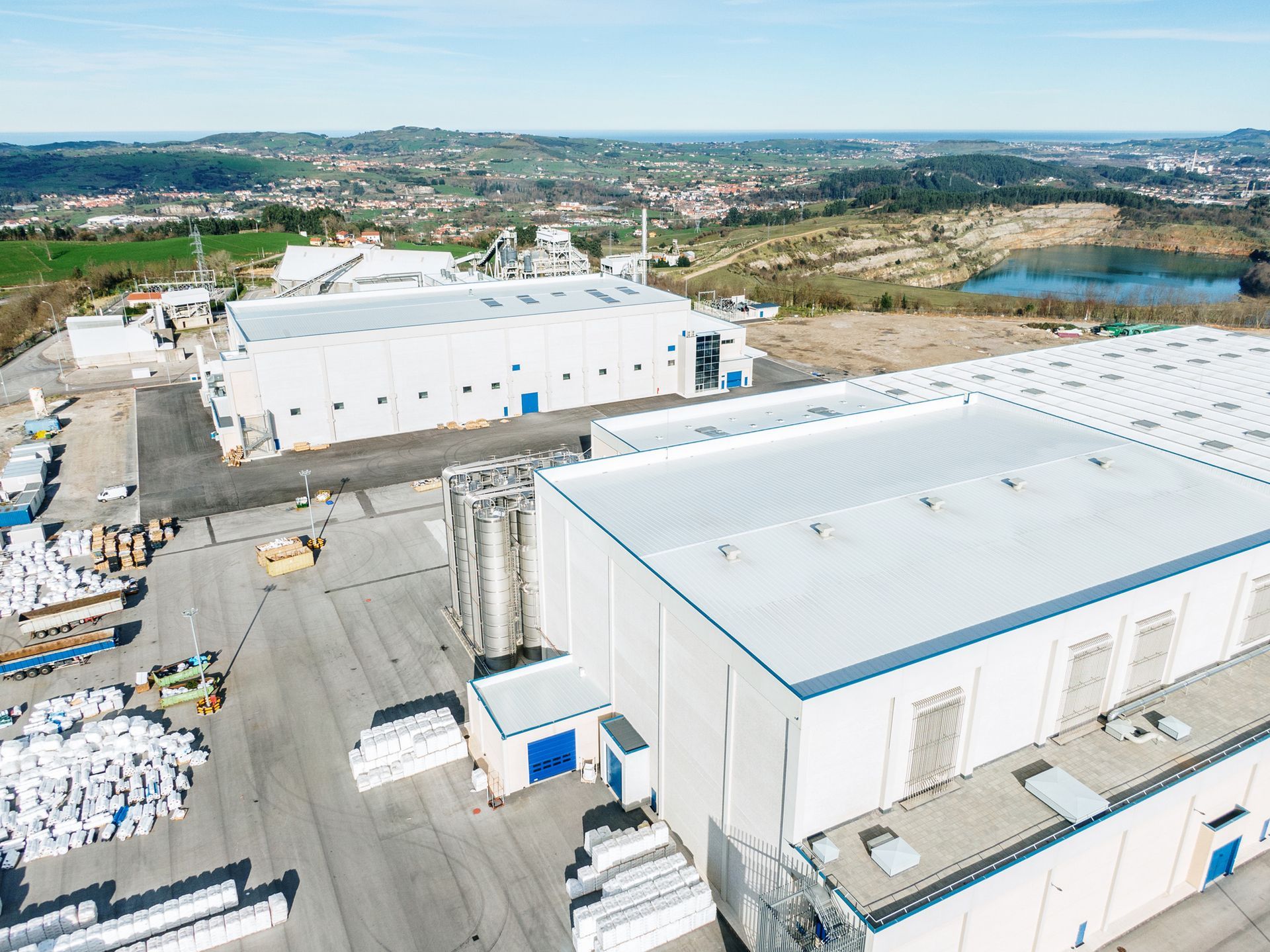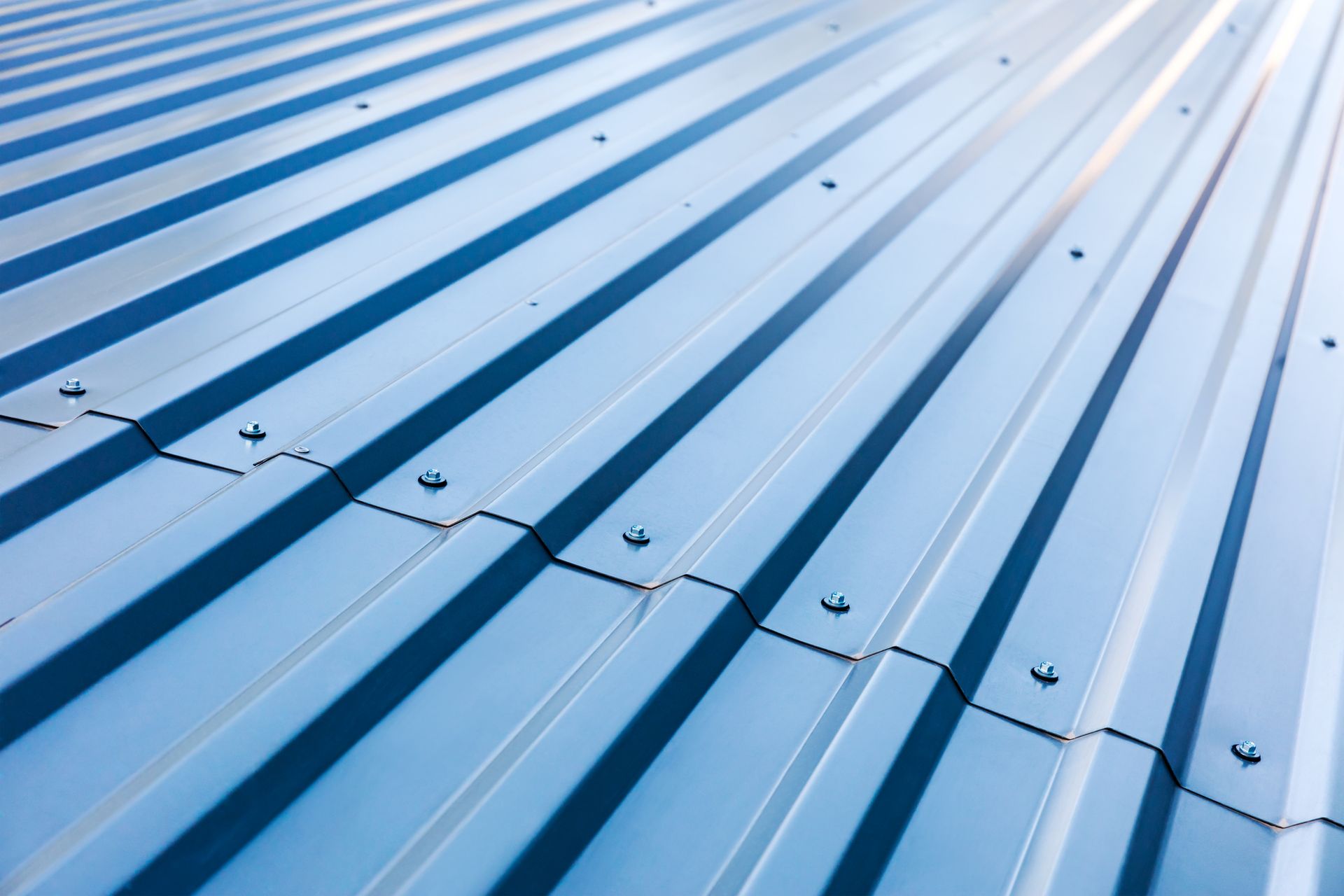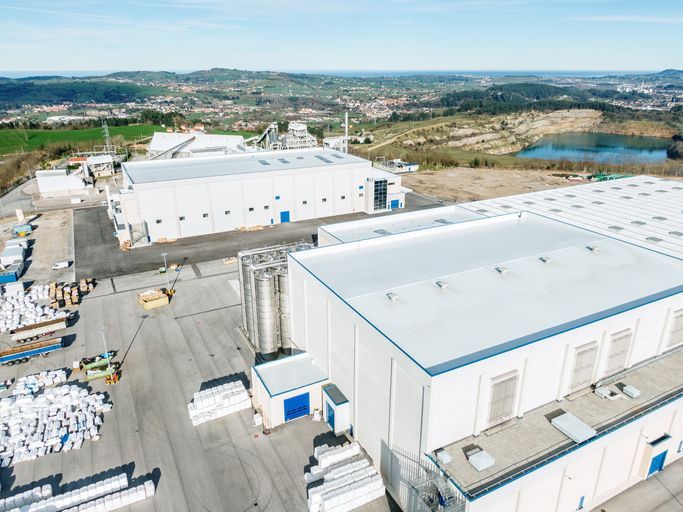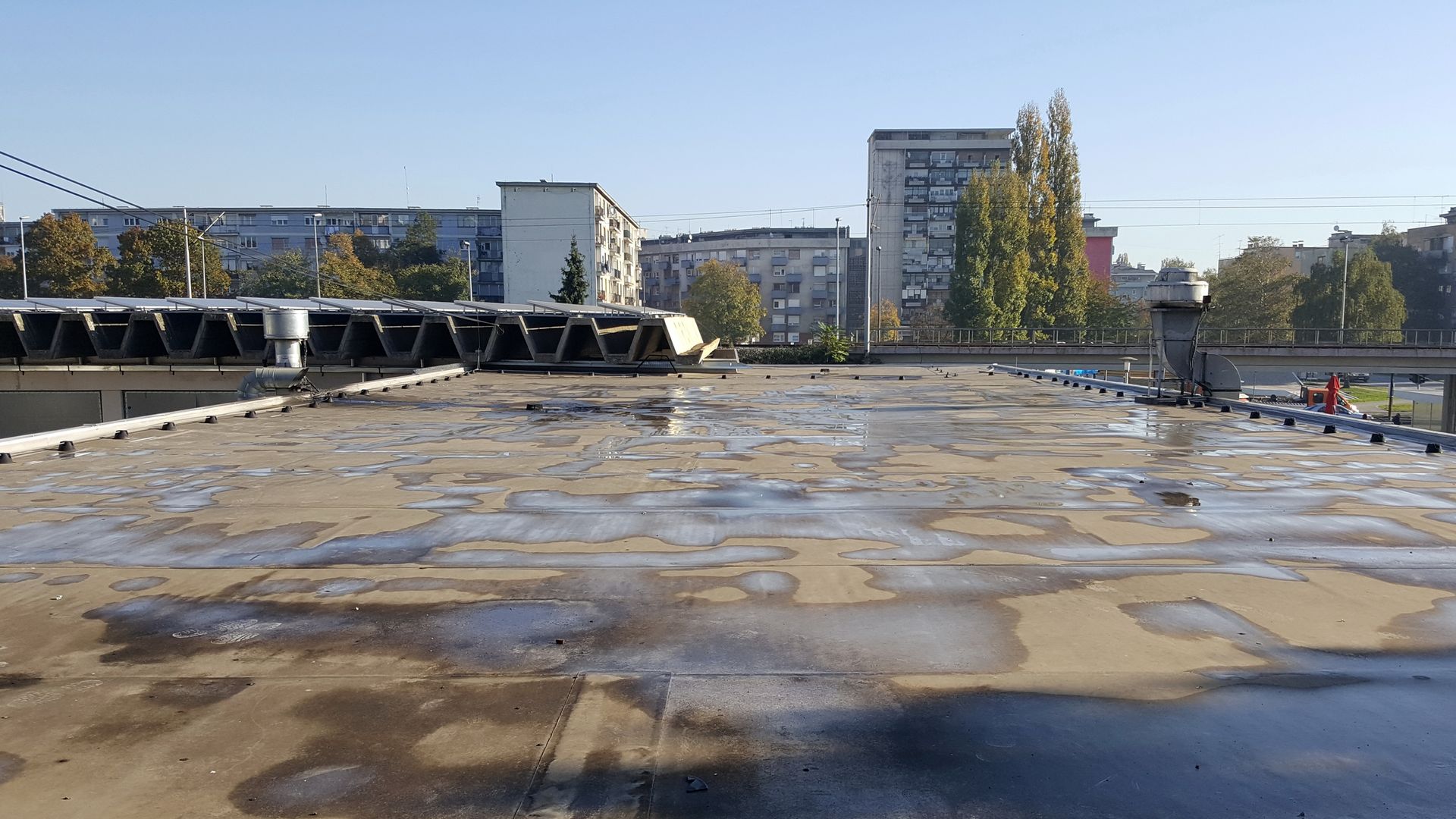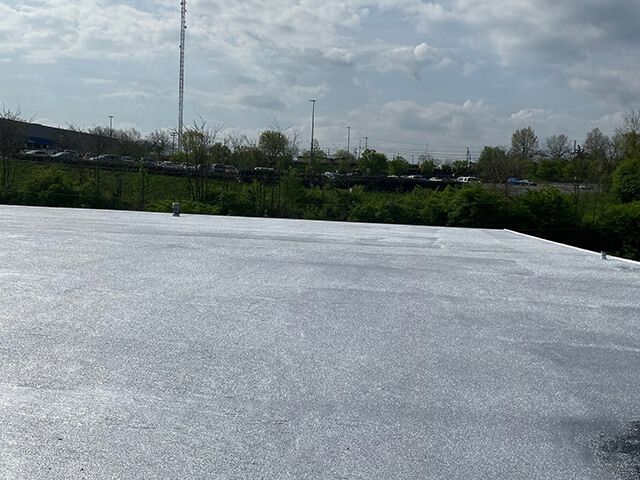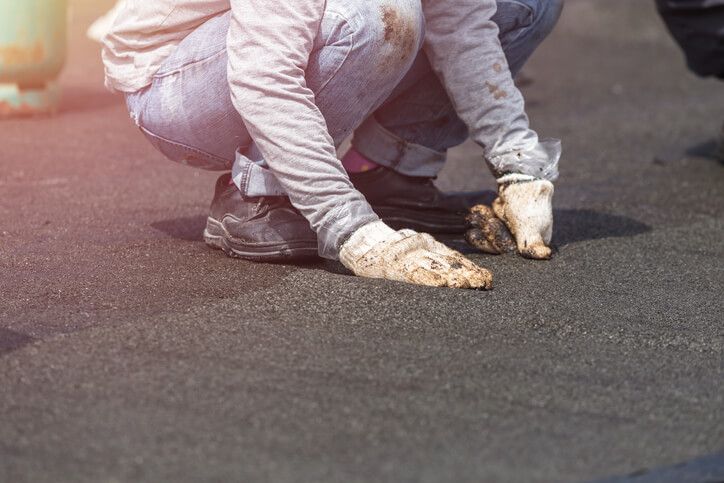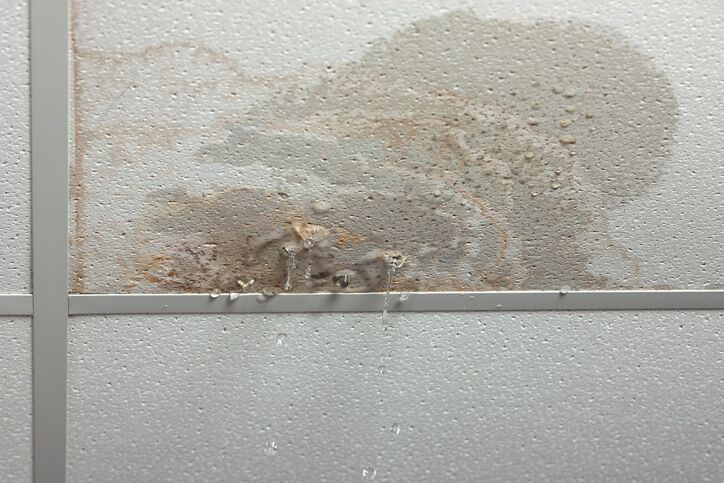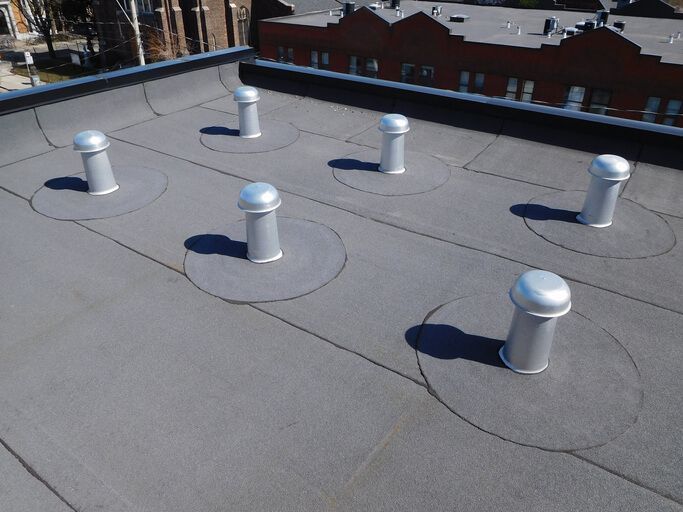What is My Commercial Roof Made Of?
Commercial roofs are an important component of any business. They protect the building from harsh weather and UV rays, as well as keep staff and customers safe and comfortable. Depending on the type of roof chosen for your commercial property, it can be made out of a number of different materials.
Metal Roofs
Metal roofing can be made from aluminum, steel, copper, or other metal alloys but are most commonly made from steel or aluminum. They also come in various colors, so you can customize the look to match your business’s aesthetic. It is fairly easy to identify if you have a metal roof. If the surface is not painted, it will be easy to see and typically have patterned indentations every several inches or per foot.
Modified Bitumen/Mod Bit Roofing
Modified bitumen roofs are similar to an asphalt roofs but more durable and long-lasting. They use a combination of rubberized asphalt, adhesives, and polymers in the construction process to create a strong and waterproof barrier against the elements. To identify this type of roofing, look for a rubberized appearance. If there are seams roughly three feet apart with a granular look, then you likely have modified bitumen roofing.
Built-Up Roofing (BUR)
Built-up roofing is known as tar and gravel roofing, or BUR for short. It is constructed by layering together several layers of reinforcing fabric with hot bitumen (asphalt) and then covered with a layer of stone or gravel material that helps protect it from UV rays and keeps it cooler while providing additional insulation. If you can see gravel or tar on your roof with flashing around your HVAC curbs covered in tar, then it is likely that you have a built-up roof.
Foam Roofs
Polyurethane spray foam roofs are usually composed of a polymer roofing membrane sprayed onto the roof and then covered with a protective coating. Foam roofs offer excellent protection against leaks and other damage, but they may be more expensive than other materials. Look for a reflective gray or white color on your roof and also look for a sprayed-on pattern, if you see these elements, then you likely have a foam roof.
TPO Roofs
Thermoplastic Polyolefin (TPO) roofs are a single-ply solution that is gaining popularity due to its durability and affordability. These roofs are made out of a reflective material which helps keep the building cooler in warmer months and can reduce energy costs. TPO roofs require minimal maintenance over the years and can last up to 20-30 years before needing replacement.
EPDM/Thermoset Roofs
Ethylene Propylene Diene Monomer (EPDM) and thermoset roofs are two of the most common types of commercial roofing materials. These rubber-like membranes are made from a combination of ethylene, propylene, and diene monomers which helps them to resist tearing and puncturing. They also offer good insulation and fire resistance, making them ideal for many businesses.
Built-up Roofing Membrane
Built-up roofing membrane is another popular commercial roofing material. It consists of multiple layers of waterproof materials such as asphalt, felt paper, and tar that are applied in overlapping sections to create a barrier against water and other elements. They can last for up to 20 years, depending on installation and maintenance.
Not Sure What Roof Type You Have? Contact ACR1 Today!
If you are unsure what type of commercial roofing you have, you can contact the roofing experts at ACR1. Our knowledgeable team is happy to help answer any questions you may have and can meet any of your commercial roofing needs! Contact us today to learn more!
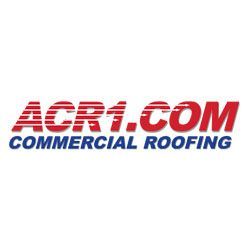
Author:
Floyd Mason
Born and raised in farming in Iowa
Worked in and around construction since 1977
BS in Corporate Finance and Financial & Estate Planning from Brigham Young University. Involved in Boy Scouts of America for more than 35 years, Scoutmaster 15 years Estimator, Project Manager, Sales Representative, Crew Leader, Laborer, Territory Manager, District Manager, Regional Manager, National Sales Manager,
ACR1.COM Sales & Marketing Manager since 2013.
